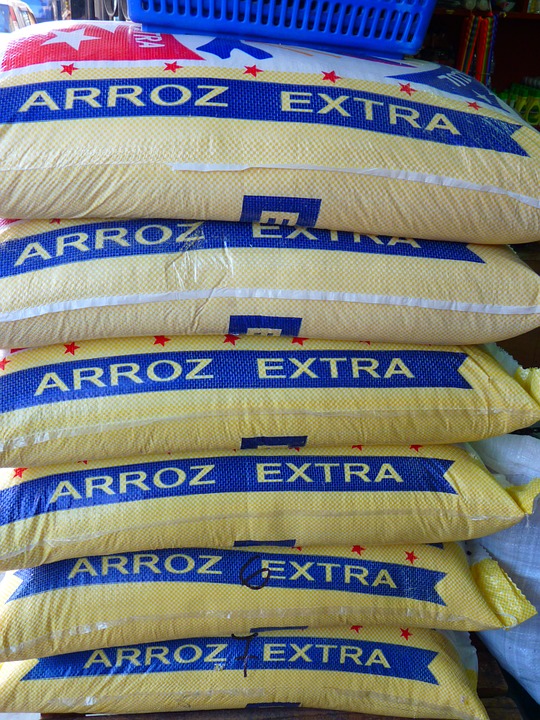Manufacturing companies have witnessed a wave of technological developments in the past few years, however, the importance of conveyor systems hasn’t diminished. They have been used since the early 20th century and are still considered a critical part of packaging automation systems.
They are used to move materials from one place to another and are especially useful for transporting heavy or bulky materials of all shapes and sizes. You can increase their productivity using conveyor belt scales. Let us look at some attributes of an ideal conveyor system which help in improving packaging productivity.

Attributes of an ‘Ideal’ Conveyor System to Improve Packaging Productivity
Every automating packaging line using conveyor systems must feature the following traits:
- Modularity
Make sure that the conveyor systems are modular, regardless of whether they are stainless steel or aluminum conveyor. Choose the one that has pre-engineered modules and components such as guide rail structures, turns, motor and drive systems, etc., each of which can be combined easily to achieve a customized layout.
The ‘ideal’ conveyor system requires minimal time for assembling and integrating into the existing processes. This helps in reducing the implementation costs and direct labor requirements. It should also be easy to mount the ancillary equipment like vision systems and marking systems directly to the conveyor body.
- Flexibility
The ideal conveyor belt can be easily accommodated to different packaging container sizes, formats, and shapes. It should incorporate guidance systems which feature quick-adjust and positive positioning elements as it ensures speed and repeatability of a changeover. Moreover, the ideal conveyor must have the ability to offer a full range of transport media such as rollers, cleats and friction pads which can handle a broad range of packaging content and specific transport tasks. You must be able to assemble and disassemble the conveyor easily. This facilitates efficient inspection, cleaning, and maintenance.
- Size/Configuration
You must opt for a conveyor that offers a small footprint as it allows you to maximize the floor space. Moreover, it can help in optimizing labor productivity as well. Look for conveyor systems that can be configured vertically to save floor space and to keep the upstream and downstream packaging equipment running when other equipment has to be halted for various reasons. An ideal conveyor system will feature compact drive module which has flexible mounting options, thus ensuring the best possible functional and spatial fit with your production environment.
- Adaptability
Adaptability must form the crux of your overall packaging operations strategy. Make sure that the conveyor system can be tailored to the layout and functionality of your facility and processes. It should adapt to various changes in process routing, product mix or market priorities in a cost efficient manner. You must choose conveyor systems that can be configured and reconfigured repeatedly, quickly and easily without requiring expensive engineering expertise or equipment. It will improve your responsiveness and the time-to-market cycles in addition to protecting your investment. All this will significantly lower total cost of ownership too.
- Scalability
If you are a small business or new to automated packaging line but you want to scale up the automation in the future, then opt for a conveyor that facilitates quick scale-up. An ideal conveyor system would be modular and flexible with an ability to handle various custom applications in addition to accommodating an extensive range of product and packaging types. Remember that adaptability is the key to scalability. Aim on standardizing conveyor systems that can be reconfigured and extended, as and when required, to keep in line with your marketing and production goals.
If a conveyor system is properly arranged, you can witness a significant growth in productivity and a quicker return on investment. Moreover, when the conveyor systems are flexible and capable of accommodating and adapting to varying container sizes, the operational agility can be increased, waste will be reduced and machinery utilization will be optimized.





